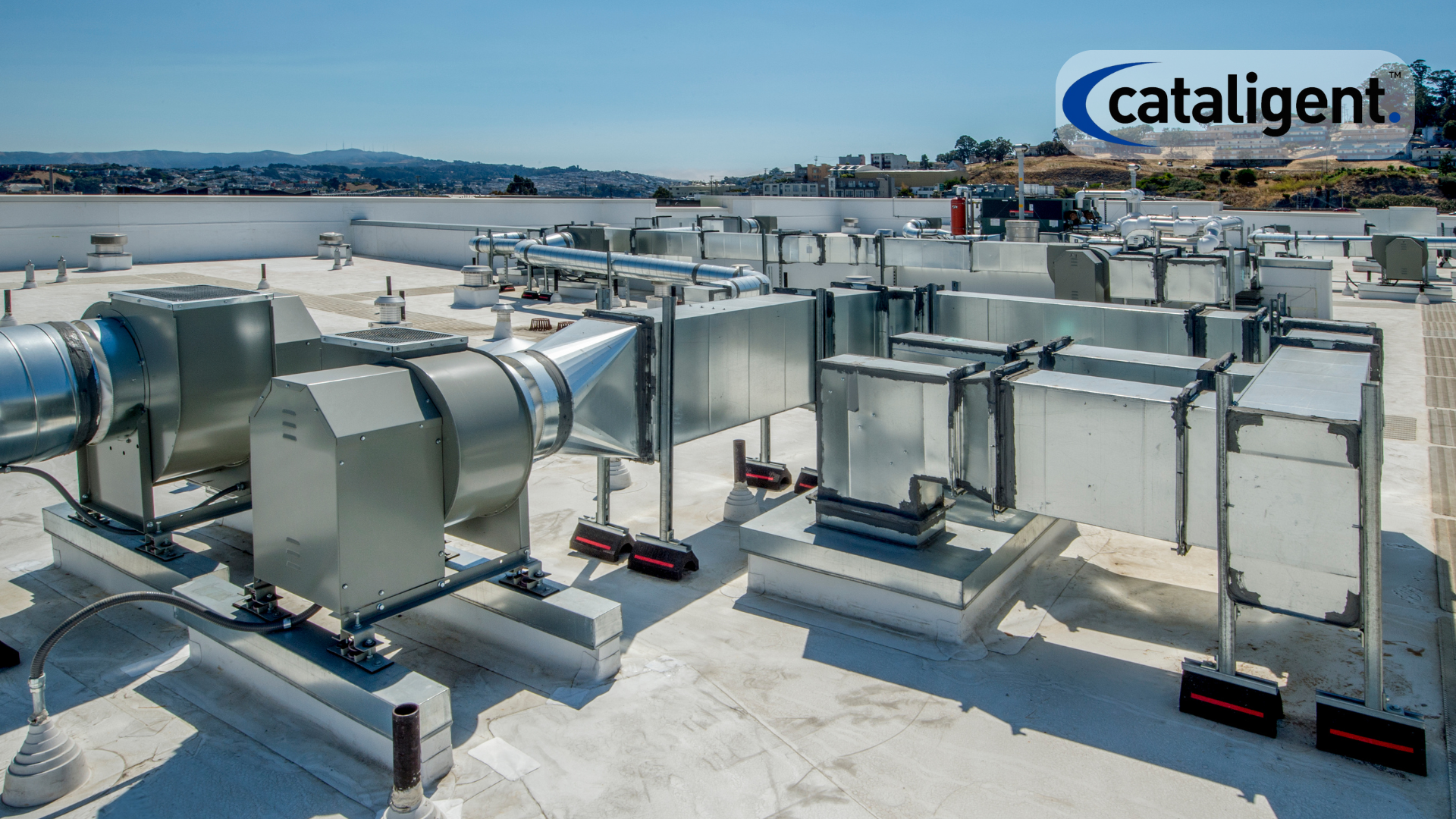Introduction
Heating, ventilation, and air conditioning (HVAC) systems play a crucial role in maintaining indoor air quality and comfort. However, inefficient HVAC systems can lead to excessive energy consumption, higher utility bills, and increased environmental impact. Optimizing HVAC systems helps lower heating and cooling costs, extend equipment lifespan, and improve overall efficiency.
This document explores various strategies to optimize HVAC systems, including implementation techniques and cost-saving impacts.
What It Involves
Optimizing HVAC systems involves upgrading equipment, implementing smart controls, and ensuring proper maintenance to maximize efficiency. The primary objectives include reducing energy consumption, enhancing indoor air quality, and minimizing operational costs.
Key components of an optimized HVAC system include:
- Programmable and Smart Thermostats: Automating temperature adjustments based on occupancy and usage patterns.
- Zone-Based Controls: Separating areas into distinct zones with individual temperature settings to prevent unnecessary heating or cooling.
- Airflow Management: Ensuring proper ventilation and air circulation to maintain indoor air quality.
- Regular Maintenance: Cleaning air ducts, replacing filters, and checking for system inefficiencies to avoid energy waste.
Implementing these measures leads to a more efficient, cost-effective, and environmentally friendly HVAC system.
Cost-Saving Impact
Investing in HVAC optimization results in long-term financial benefits by reducing energy costs and maintenance expenses.
Key Cost-Saving Benefits
- Reduced Energy Consumption: Optimized HVAC systems use less power, cutting utility bills by 20-40%.
- Extended Equipment Lifespan: Regular maintenance prevents wear and tear, delaying costly replacements.
- Lower Maintenance Costs: Proactive upkeep minimizes the risk of breakdowns and emergency repairs.
- Increased Productivity and Comfort: Consistent indoor temperatures enhance workplace comfort, leading to improved employee productivity.
- Potential Rebates and Incentives: Many governments and utility providers offer incentives for upgrading to energy-efficient HVAC systems.
Implementation Strategies
A structured approach is essential for successfully optimizing HVAC systems. Below are key steps to ensure energy-efficient operation:
1. Install Programmable and Smart Thermostats
Upgrading to programmable thermostats allows automatic temperature adjustments based on occupancy, reducing unnecessary heating or cooling. Smart thermostats further enhance efficiency by:
- Learning user preferences and adjusting settings accordingly.
- Providing remote access for real-time adjustments.
- Integrating with other smart building systems for optimal energy savings.
2. Utilize Zone-Based Controls
Dividing spaces into multiple zones ensures that heating and cooling are applied only where needed. This reduces energy waste and improves overall efficiency. Key techniques include:
- Installing individual thermostats for separate areas.
- Using automated dampers to control airflow.
- Implementing occupancy sensors to adjust temperatures dynamically.
3. Improve Airflow and Ventilation
Proper airflow management ensures that HVAC systems do not overwork due to blocked or inefficient ventilation. Best practices include:
- Keeping vents and registers clear of obstructions.
- Using ceiling fans to distribute air more effectively.
- Ensuring that outdoor air intake is optimized for fresh air circulation.
4. Perform Regular Maintenance
Routine maintenance is critical for HVAC efficiency. Key maintenance tasks include:
- Cleaning and Replacing Filters: Clogged filters reduce airflow and force HVAC systems to work harder.
- Inspecting and Sealing Ducts: Leaky ducts cause energy loss and reduced system efficiency.
- Checking Refrigerant Levels: Incorrect refrigerant levels can lead to poor cooling performance and increased energy use.
- Lubricating Moving Parts: Proper lubrication minimizes friction, reducing wear and tear on components.
5. Upgrade to Energy-Efficient HVAC Equipment
Replacing outdated HVAC equipment with modern, energy-efficient models significantly reduces energy consumption. Consider upgrading to:
- High-Efficiency HVAC Units: Models with high Seasonal Energy Efficiency Ratios (SEER) and Energy Star ratings.
- Variable Speed Compressors: These adjust output based on demand, saving energy.
- Geothermal Heat Pumps: An environmentally friendly alternative that provides sustainable heating and cooling.
6. Implement Smart HVAC Controls
Smart building management systems (BMS) optimize HVAC performance through real-time monitoring and automated adjustments. Benefits include:
- Detecting inefficiencies and optimizing energy usage.
- Providing data analytics for performance tracking.
- Automating temperature settings based on occupancy patterns.
7. Enhance Building Insulation
A well-insulated building helps maintain indoor temperatures, reducing the workload on HVAC systems. Important insulation upgrades include:
- Sealing Windows and Doors: Preventing air leaks to maintain indoor comfort.
- Adding Insulation to Walls and Ceilings: Keeping heat in during winter and out during summer.
- Installing Reflective Roofing: Reducing heat absorption in warmer climates.
Potential Challenges and Solutions
While HVAC optimization offers significant benefits, some challenges may arise. Here are common obstacles and how to overcome them:
1. High Initial Costs
- Challenge: Upgrading HVAC systems can require substantial upfront investment.
- Solution: Take advantage of rebates, incentives, and phased implementation to spread out costs over time.
2. Compatibility Issues
- Challenge: Older buildings may have HVAC infrastructure that is not compatible with modern upgrades.
- Solution: Conduct a professional assessment to identify necessary retrofits and plan incremental improvements.
3. Resistance to Change
- Challenge: Employees or occupants may be resistant to adjusting thermostat settings or new controls.
- Solution: Educate users on the benefits of energy efficiency and implement automated controls to reduce manual adjustments.
4. Maintenance and Technical Knowledge
- Challenge: Regular maintenance and monitoring require technical expertise.
- Solution: Train in-house maintenance teams and consider hiring HVAC professionals for periodic system check-ups.
Conclusion
Optimizing HVAC systems is an essential strategy for reducing energy costs, improving comfort, and extending the lifespan of equipment. By implementing programmable thermostats, zone-based controls, regular maintenance, and energy-efficient upgrades, organizations and homeowners can achieve significant energy savings and operational efficiencies.
Although initial investments may be required, long-term benefits such as lower energy bills, reduced maintenance costs, and environmental sustainability make HVAC optimization a valuable and necessary endeavor. With proper planning and execution, optimizing HVAC systems can lead to improved comfort, enhanced productivity, and a greener future.

